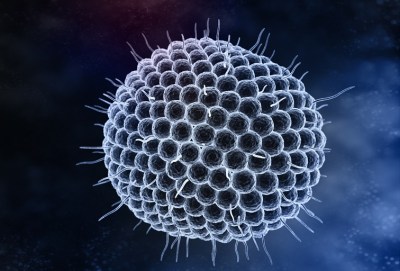Chickenpox (Varicella): Causes, Symptoms And Treatment

All You Need To Know About Whooping Cough (Pertussis)
August 29, 2021
February Is Healthy Lifestyle Awareness Month
February 6, 2022Chickenpox, also known as Varicella, is a highly contagious infection that is caused by the Varicella-Zoster Virus. It is typically characterized by an itchy red rash with red blisters that can appear on the face, chest, back, scalp, arms, and legs. After several days, the blisters fill up with a clear liquid that pops then turns crusty.
Chickenpox is common in children from 2 years and those who haven’t been vaccinated against it. However, it is not common to have the infection more than once and a vaccine can be taken to protect children against it. Vaccination against chickenpox has caused a decline in the cases of chickenpox worldwide.
READ ALSO: Common Birth Defects and Their Symptoms
Signs and symptoms of chickenpox
The signs and symptoms of chickenpox begin to appear between 10- 20 days after getting the infection. Some of these symptoms include;
- Headache.
- Fever.
- Loss of appetite.
- Tiredness and fatigue.
Once the rash shows up, they stay until 5- 10 days and go through three stages.
- Development of red or pink bumps (papules) on the body.
- The bumps become blisters (vesicles) filled with fluid that pops and leaks.
- Then they become crusty, scab over, and before they start to heal.
The bumps all over your body will not appear at once in one stage. Throughout the infection, new bumps will continue to show up. The developing rash can be very itchy before it scabs over with a crust.
The causes of chickenpox
Chickenpox is caused by Varicella-Zoster Virus (VZV). Typically, most cases occur through contagion after coming in close contact with an infected person.
The infection is contagious 1-2 days before blisters appear all over your body and remain contagious until the blisters have crusted all over. It can spread through:
- Saliva.
- Sneezing.
- Contact with liquid from the blisters.
- Coughing.
There is a higher chance of contracting the infection if you:
- Work or spend time in a school care facility.
- Haven’t received any vaccinations.
- Have had recent contact with an infected person.
- Live with children.
- Are under 12 years old.
- Have a weak immune system as a result of HIV or some chemotherapy medications.
Complications of a chickenpox infection
Usually, the disease is mild in healthy children but there could be some complications. The possible complications of chickenpox are;
- If the rash is tender and warm; this is a sign of secondary bacterial infection.
- The rash spreads to the eyes.
- The rash is followed by dizziness or shortness of breath.
- If there are bruises on the throat, anus, and vagina.
- High fever over 102ºF (38.9ºC).
Prevention and treatment of chickenpox infection
People who have been exposed to chicken pot should follow the following measures;
- Distance yourself from people until the spots have crusted over.
- Take paracetamol to help with the pain.
- Avoid scratching by putting socks over your hand.
- See a doctor.
- Take plenty of fluids to avoid dehydration.
- See a doctor.
- Bath in cool water.
- Wear loose clothing.
- Don’t rub the skin, rather pat it.
Ways to avoid the infection include;
- Make your children be vaccinated against the infection from an early age.
- Avoid coming in contact with those who have the infection.
- See your doctor immediately once you notice some of the symptoms to avoid further complications.

